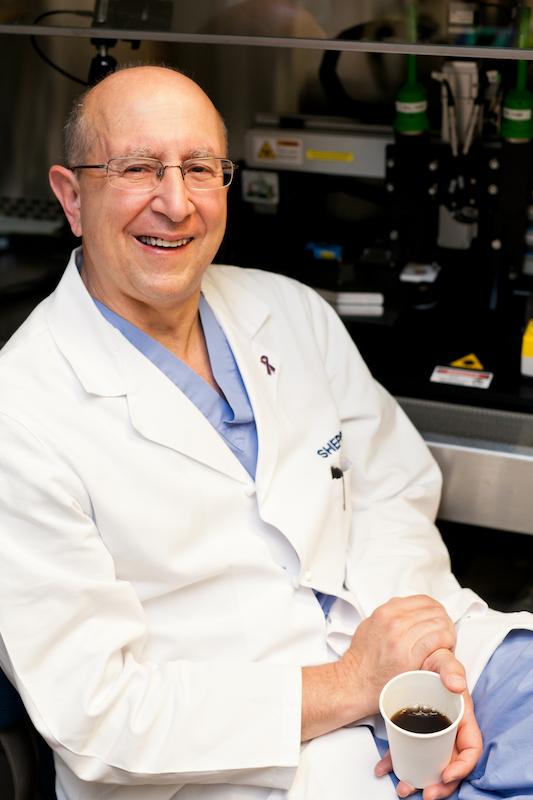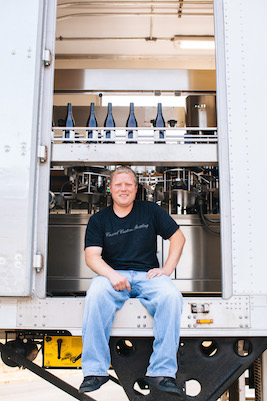How one small town is embracing tech
written by Sheila G. Miller

EVERY FOURTH OF JULY, as many as 25,000 people flock to
the city of Independence, Oregon — population 9,666 — to celebrate the
holiday with a multiday festival.
“The town grinds to a halt,” said Shaun Irvine, the city’s
economic development director. “Staffing is never quite
enough. We needed a way to be more efficient.”
This year, it would be different.
Working with TeamDev, the city plans to create a virtual
situation room to make the festival smarter. Irvine described
it as, essentially, a map of the community with real-time
updates—traffic incidents, police calls, live video streams,
employees’ locations. Garbage can sensors can tell employees
when it’s time to empty them. Employees will be able to
monitor social media. “We’ll be able to know if someone’s in
the park and tweets at a friend that the bathroom is a mess,”
Irvine said. “That will pop up on our screen and we can turn it
into action—send someone to clean the bathroom.”
It’s just one way in which this small, rural community is
using advancing technology to improve life for its citizens.
“We’ve set a North Star goal of being a vibrant, active, rural
community,” Irvine said. “We want to be a place where you can
live, work and play. It’s a common thing that people say, but
everything we’ve done since then has gone toward that goal.”
The city installed its own municipal broadband in 2007
after learning it would take years to get high-speed internet
from a provider.
“We did that with the intent of being on the right side of the
digital divide, and creating economic opportunity,” Irvine said.
“We looked around and we’d gotten great uptake, everybody
was able to download Netflix really fast. But we said, we can do
more with this.”
That’s where the partnership with TeamDev came in. A
European open-source software platform called FIWARE
awarded the city $25,000 to deploy the technology through
its Global City Teams Challenge. The idea is that, after the
festival, the technology can be used for other events and day-to-day
city business.

Or take Independence’s project with Intel, “farm-to-fork
tracking.” Intel has developed a small, cheap sensor that can be
placed in every box tote in a field as a crop is being harvested.
“Then we can monitor environmental conditions,” Irvine
said. “Light, temperature, humidity, the location all the way
from the field to the end user.”
The first trial run was done with Rogue Ales’ nearby hops
farm. The pilot program followed hops as they were harvested
for fresh-hop beer in Independence until they went into the
kettle in Newport.
Now Intel will work with a local blueberry farm this summer.
The sensors can determine how long the blueberries sit in the
field, their temperature over time in a refrigerated truck, how
long they sit in a storage facility. More notably, the information
helps food safety—by adding a sort of chain of custody, the
sensor can include the food safety paperwork and a list of every
person who touches the harvest. If the person who harvested
the crop gets sick with a communicable disease a few days after
the harvest, pulling those berries from the shelves becomes
very easy.
The city recently debuted Pacific Power smart meters, which
allow power users to see in real time, in half-hour increments,
how much power they’re using.
“You can really tell, ‘Gee, I’m using a lot of power in this
timeframe. I should think about what we’re doing and see if I
can reduce that,’” Irvine said.
“It gives a lot more detail and information about our own
power usage. And of course it provides a lot of benefits to
Pacific Power—people can report outages and breaks in lines
in a lot more detail.”
Irvine knows there are more opportunities for a small town
with good internet access and open-minded citizens.
“I think in general, with the revitalization efforts, we’ve
fostered a lot of community pride,” Irvine said. “People
remember what it was like in the ’90s and they say, ‘We’ve come
a long way.’ I think the technology just folds into that. People
here recognize that technology is the wave of the future, it’s
what is going to happen. And I think they find it comforting to
know that we are a community that is keeping up with it. We’re
not just putting our heads in the sand.”
Kate Schwarzler is part of that buy-in. She opened Indy
Commons, a coworking space in Independence, about a year
ago. She grew up in Alsea, the kind of town that she assumed
she’d have to move away from in order to get a good job. She did
just that, living in Portland, Seattle and Denver before moving
to Independence, where her parents live.
“My idea was I would end up back in Portland or somewhere
else like that,” she said. “But the quality of life is so nice here, the
traffic and the housing prices. It felt really great to be back in a
smaller, more rural community.”
Schwarzler started a consulting company, but couldn’t
stand working from home. What if there was a coworking
space in town? Now there is, because she started one. She
found a downtown building that had been sitting empty for
a decade, signed up a mix of people, and the rest is history.
Indy Commons hosts the city’s chamber of commerce and
the downtown association’s manager, as well as the state
representative for District 20. There’s also a tax preparer, web
designer, political consultant and others.
“We’re changing people’s perceptions about a small town
main street,” she said. “It doesn’t take long to figure out this is a
community where we’re trying to do things.”
Did you like this article? We think you’ll enjoy this one, too!
Best Places in Oregon to Live, Work and Play







